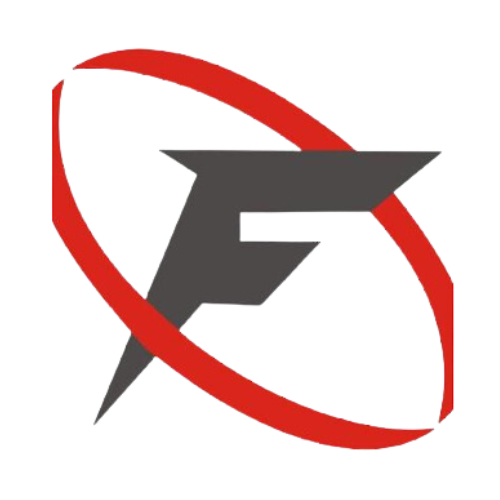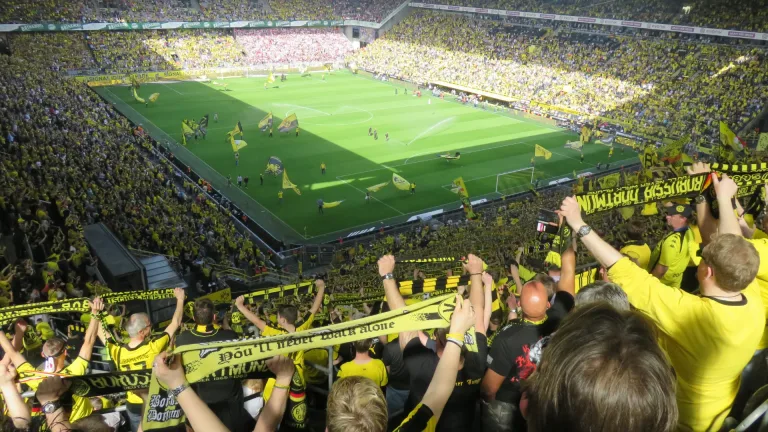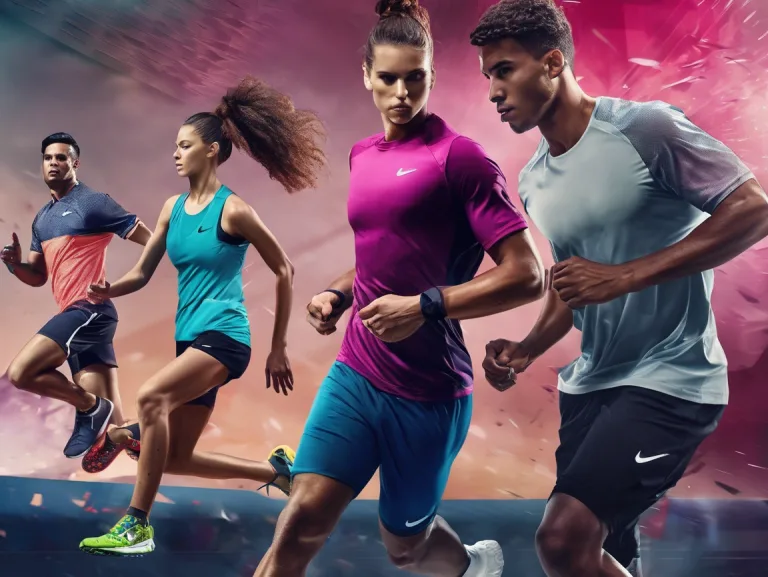Selecting Sport Specific Apparel for Your Game
Get expert tips on choosing the right sport specific apparel, including advice on materials, fit, and designs. Find solutions for comfort, durability, and style to boost your performance.
Understanding the Importance of Sport Specific Apparel
Sport-specific apparel doesn’t just look nice; it’s a strategic decision that can significantly affect an athlete’s performance and safety.
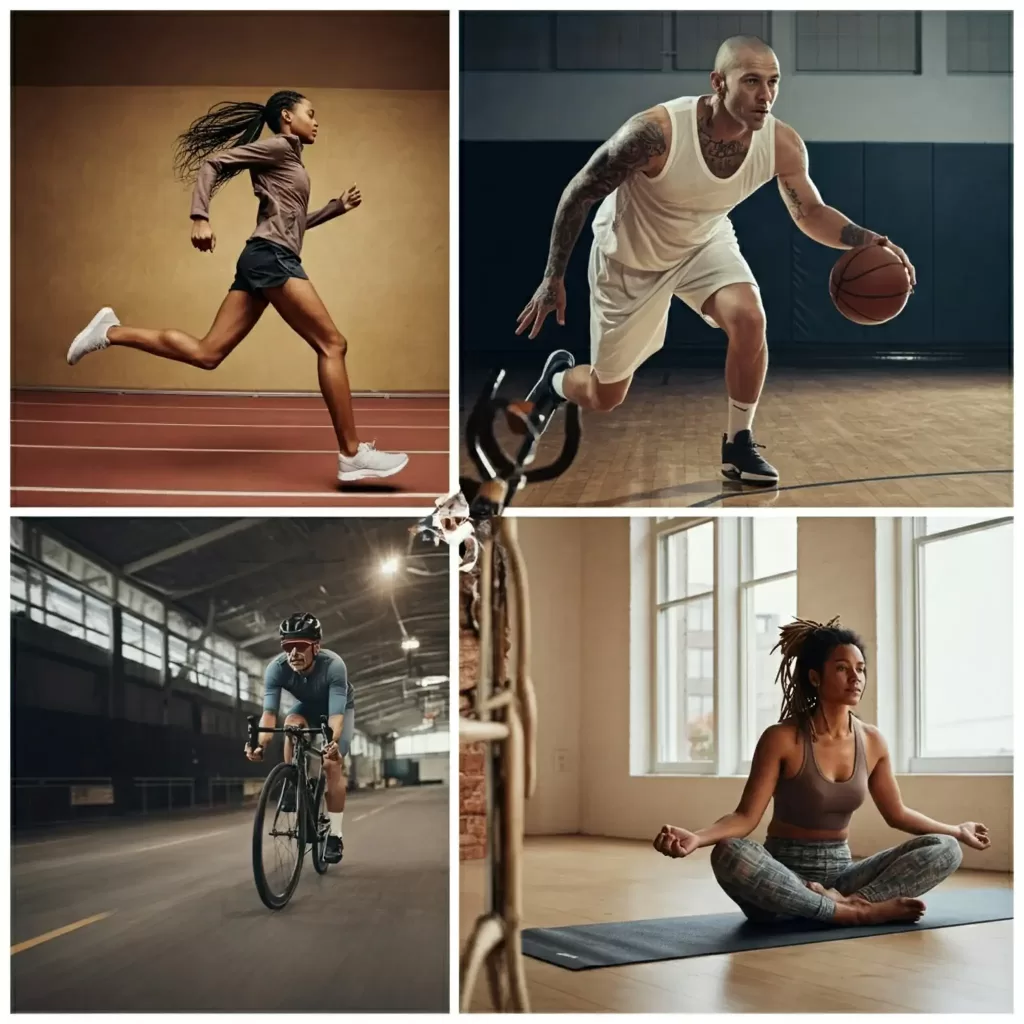
Athletes can improve their chances of success and longevity in their athletic pursuits by choosing gear that is tailored to their specific sport. The advantages of tailored sportswear include being designed with the unique demands of each sport in mind.
Enhanced Performance and Comfort
- Material Selection: Utilizing moisture-wicking fabrics helps regulate body temperature by drawing sweat away from the skin, keeping athletes dry and comfortable during intense activities.
- Ergonomic Design: Apparel that aligns with the body’s natural movements reduces resistance and allows for a full range of motion, essential for sports requiring agility and flexibility.
- Sport-Specific Features: Incorporating elements like compression zones can improve blood circulation and muscle support, potentially enhancing endurance and reducing fatigue.
Role in Injury Prevention
- Protective Elements: Incorporating padding in high-impact areas, such as shoulders and knees, can mitigate the risk of injuries in contact sports.
- Proper Fit: Ill-fitting clothing can lead to discomfort and distraction. For instance, overly tight garments may restrict movement, while loose attire can cause tripping hazards.
- Climate Adaptation: Wearing appropriate layers for varying weather conditions helps maintain optimal muscle function and reduces the likelihood of strains or sprains.
Key Factors to Consider When Selecting Custom Sportswear

Custom sportswear can be selected that meets the specific demands of your sport and enhances your overall athletic experience by carefully considering optimum performance, comfort, and durability factors.
Material and Fabric Choices
- Breathability: Opt for fabrics like polyester or bamboo blends that allow air circulation, keeping you cool during intense activities.
- Moisture-Wicking Properties: Materials such as polyester are designed to draw sweat away from the skin, promoting quick evaporation and maintaining dryness.
- Durability: For high-contact sports, select robust fabrics like nylon or reinforced polyester to withstand wear and tear.
Fit and Comfort
- Proper Sizing: Ensure the sportswear fits well, neither too tight nor too loose, to allow a full range of motion without causing discomfort.
- Ergonomic Design: Look for apparel with features like flatlock seams to reduce chafing and strategically placed panels for enhanced mobility.
Climate and Weather Conditions
- Thermal Regulation: In colder climates, consider materials with insulating properties, such as fleece-lined fabrics, to retain body heat.
- UV Protection: For outdoor sports in sunny conditions, choose fabrics with built-in UV protection to shield your skin from harmful rays.
Customization Options to Reflect Team Identity
Custom sportswear is a great way to showcase the identity of your team through personalized designs and branding, while also meeting functional needs and fostering unity and team spirit.
Design and Aesthetics
- Color Schemes: Choose colors that represent your team’s identity and resonate with its culture. Consistent color usage across all apparel reinforces brand recognition.
- Logos and Emblems: Incorporate your team’s logo prominently on the apparel. Ensure the design is clear and scalable to maintain quality across different garment sizes.
- Personalization: Add individual player names and numbers to foster a sense of belonging and pride among team members.
Printing and Embroidery Techniques
- Screen Printing: Ideal for bold designs and large areas, screen printing offers vibrant colors and durability. It’s cost-effective for bulk orders.
- Sublimation: This technique allows for all-over printing with intricate designs and gradients. The ink becomes part of the fabric, resulting in a smooth finish.
- Embroidery: Provides a professional and textured look, suitable for logos and text. Embroidery is durable and adds a premium feel to the apparel.
Evaluating Quality and Durability
Prioritize quality and durability to ensure long-lasting performance. Key considerations include:
Stitching and Construction
- Seam Quality: Inspect for consistent, tight stitching without loose threads, as this indicates robust construction.
- Reinforced Areas: Check high-stress zones, such as underarms and knees, for double stitching or bar tacks, which enhance durability.
Fabric Performance
- Abrasion Resistance: Opt for materials tested for wear resistance, especially for contact sports, to prevent premature fabric degradation.
- Colorfastness: Ensure fabrics maintain their color after multiple washes to keep the apparel looking vibrant over time.
Maintenance and Care
- Care Instructions: Follow manufacturer guidelines for washing and drying to preserve fabric integrity and performance features.
- Odor Control: Choose fabrics with antimicrobial properties to reduce odor buildup, maintaining freshness during prolonged use.
Budget Considerations and Cost-Effectiveness
Balancing quality and affordability is crucial. Here’s how to make informed decisions:
Balancing Quality and Affordability
- Material Selection: Opt for high-quality fabrics that offer durability and comfort. Investing in better materials can reduce replacement costs over time.
- Design Complexity: Simpler designs often cost less to produce. Limiting the number of colors and intricate details can help manage expenses.
Bulk Orders and Discounts
- Volume Pricing: Many suppliers offer discounts for larger orders. For instance, ordering 25 or more items can lead to significant savings.
- Group Purchases: Coordinating orders with teammates or other groups can help meet minimum order requirements and access bulk pricing benefits.
Below is a table illustrating potential cost savings based on order quantity:
| Quantity Ordered | Discount Percentage | Cost per Item (Original Price: $30) |
|---|---|---|
| 1–24 | 0% | $30.00 |
| 25–49 | 10% | $27.00 |
| 50–99 | 15% | $25.50 |
| 100+ | 20% | $24.00 |
Note: Discount rates and pricing are illustrative; actual figures may vary by supplier.
Sustainability and Ethical Manufacturing
In today’s market, it’s important to choose custom sportswear that adheres to sustainable and ethical standards. Here’s how to make informed choices by putting these factors first.
Eco-Friendly Materials
- Recycled Fabrics: Opt for materials like recycled polyester, which repurpose plastic waste into functional sportswear, reducing environmental impact.
- Organic Fibers: Consider organic cotton or bamboo, grown without harmful pesticides, promoting soil health and reducing chemical runoff.
Fair Labor Practices
- Certified Manufacturing: Choose suppliers adhering to certifications such as Fair Trade, ensuring workers receive fair wages and work in safe conditions.
- Transparent Supply Chains: Support brands that provide visibility into their production processes, demonstrating commitment to ethical practices.
Environmental Impact
- Low-Impact Dyes: Select apparel colored with eco-friendly dyes, minimizing water pollution and reducing chemical usage.
- Sustainable Packaging: Opt for brands utilizing biodegradable or recyclable packaging materials to lessen waste.
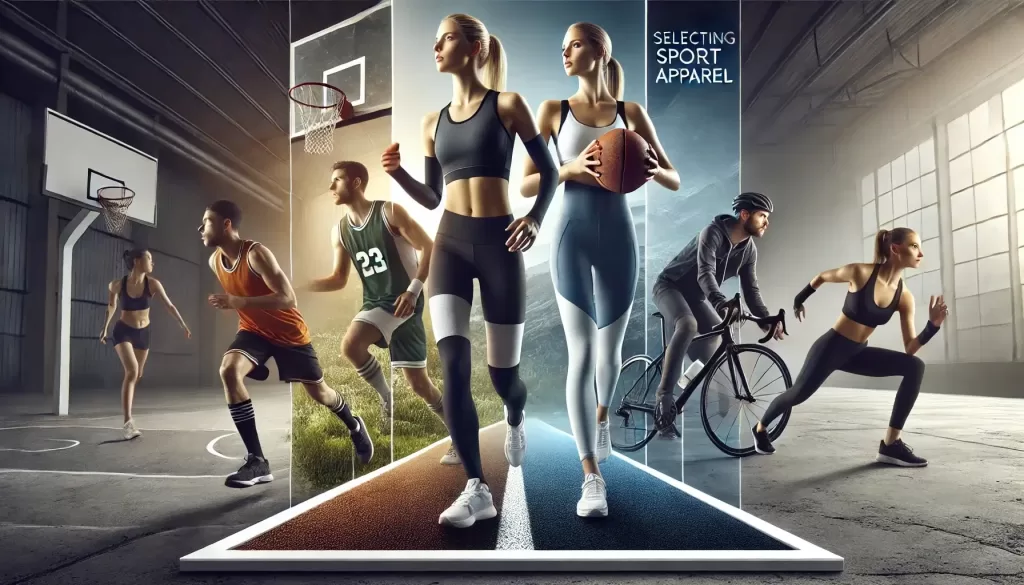
Questions that are frequently asked
- What materials are best for custom sportswear? The material you choose depends on your sport and personal preferences. Common choices include moisture-wicking fabrics like polyester, which keep you dry during intense activities, and breathable materials like cotton blends for comfort. When playing high-contact sports, it’s important to consider fabrics like nylon or reinforced polyester for durability.
- How do I determine the correct size for my custom sportswear? Accurate sizing is crucial for comfort and performance. It’s recommended to consult the manufacturer’s sizing chart, which typically provides measurements for chest, waist, hips, and inseam. If you’re between sizes, consider the fit you prefer—looser for more movement or tighter for compression benefits.
- Can I customize the design and colors of my sportswear? Yes, most custom sportswear providers offer extensive design options, allowing you to choose colors, add logos, and personalize text. Some companies provide online design tools or work with you directly to create a unique look that reflects your team’s identity.
- What is the typical turnaround time for custom sportswear orders? Turnaround times vary depending on the provider and order complexity. The average timeframe for placing an order and receiving it is 3 to 4 weeks. According to Triton Custom Sublimated Sports Uniforms and Apparel, team orders will be shipped within 3-4 weeks after placing, paying for, and approving the artwork.
- How should I care for my custom sportswear to ensure its longevity? Proper care extends the life of your sportswear. It’s advisable to follow the manufacturer’s care instructions, which often include washing in cold water, avoiding bleach, and air drying or using a low-heat setting in the dryer. Additionally, turning garments inside out before washing can help preserve colors and any printed designs.
Performance and Comfort Studies: The American College of Sports Medicine provides research articles and guidelines on how apparel affects athletic performance and comfort.
